The Crab Nebula. M1 NGC 1952
M1 NGC 1952
The Crab Nebula
|
Object Type
|
Supernova Remnent
|
|
Constellation
|
Taurus
|
|
Magnitude
|
8.4
|
|
Size
|
6.0' x 6.0'
|
The Crab Nebula is the remnant of a supernova observed in 1054, and is probably the most studied deep-sky object of all. It is observable at all wavelengths and has a rapidly spinning pulsar at its centre. It was the discovery of this object on September 12, 1758, that induced Messier to produce his famous catalog of deep-sky objects.
M1 is easily visible in small telescopes as a small but bright oval patch of light. It is easy to locate, being situated only about 1 degree north west of the bright star, zeta tauri. In an 8" telescope, the nebula has the shape of a stylized "Z".
Film Images
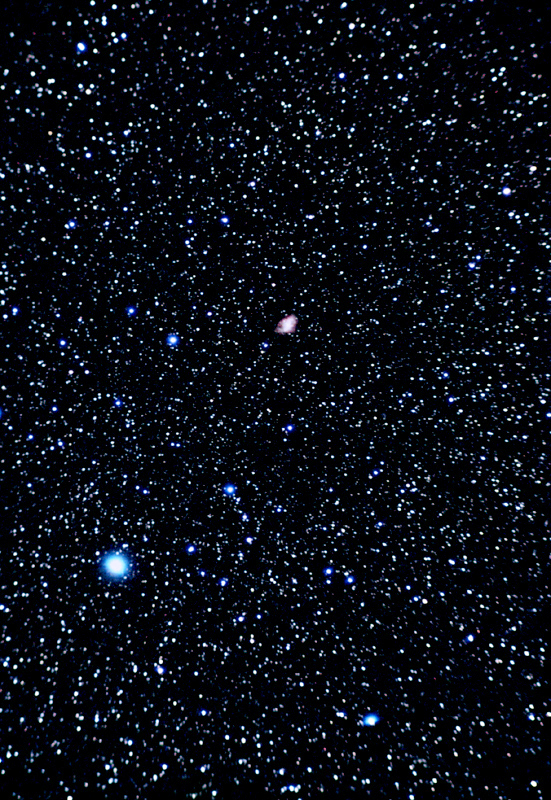
120 minutes exposure. Fuji Superia 200 film.
5" f/5 refractor at prime focus.
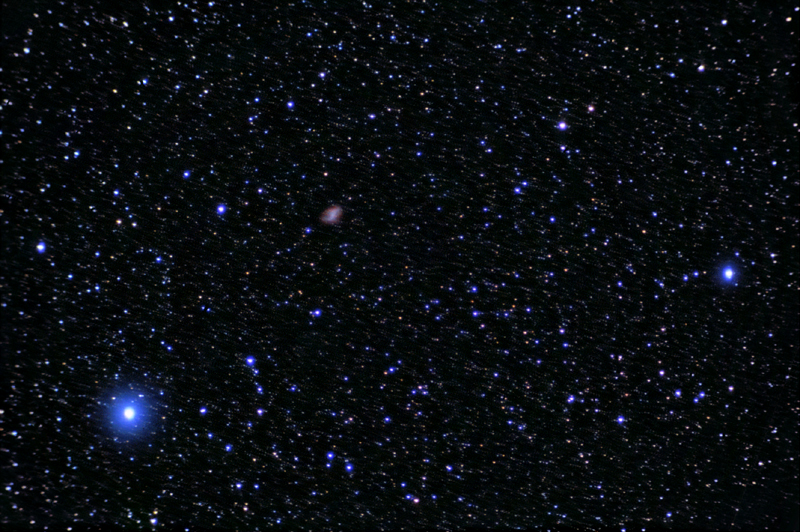
39 minutes exposure. Kodak Elite 200 film.
5" f/5 refractor at prime focus.
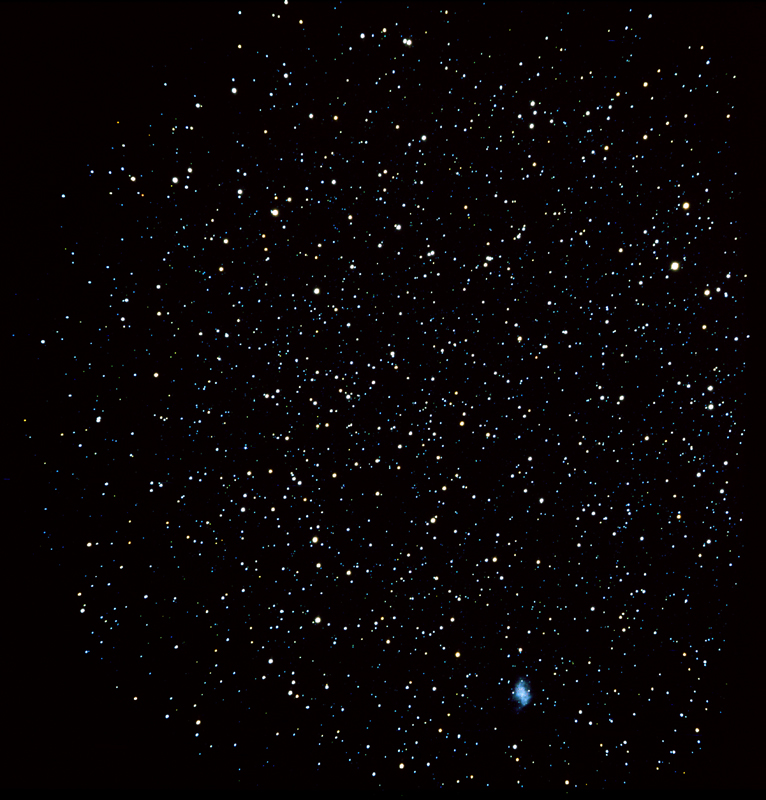
30 minutes exposure. Kodak Ektachrome 400 wide format film.
300mm f/6 newtonian at prime focus.
CCD Images

Combination of 10, 3 minute images, SBIC ST9-XE CCD.
5" f/5 refractor at prime focus.
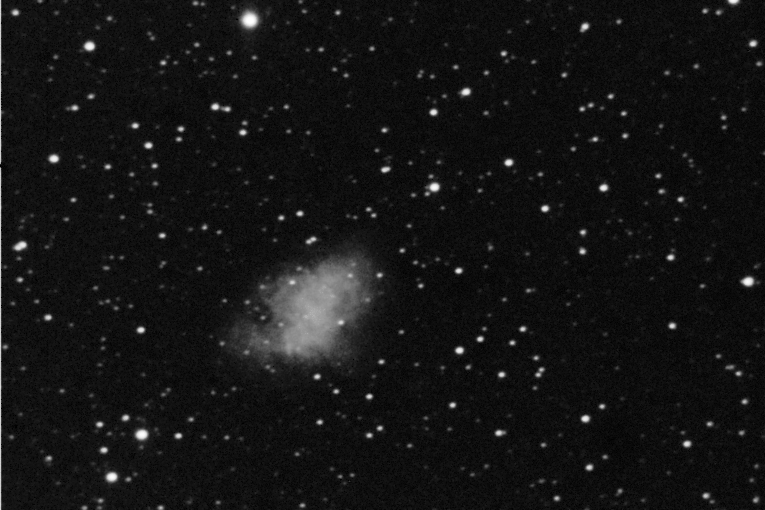
3, 1 minute exposures, Meade 416XTE CCD camera.
8" f/6.3 schmidt-cassegrain at prime focus.
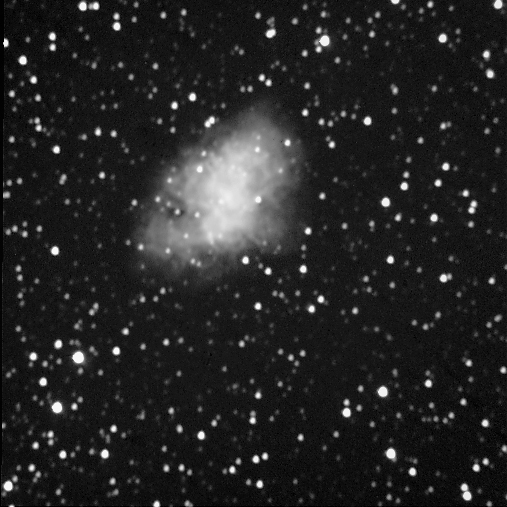
4, 10 minute exposures, SBIG ST-9E CCD camera.
14" f/11 schmidt-cassegrain with f/6.3 focal reducer.
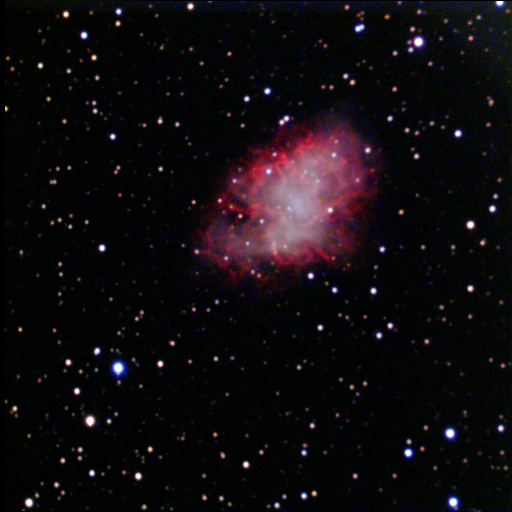
Combination of 10, 3 minute images each with red, green and blue filters.
SBIG STL-1001E CCD.
16" f/10 schmidt-cassegrain at prime focus.
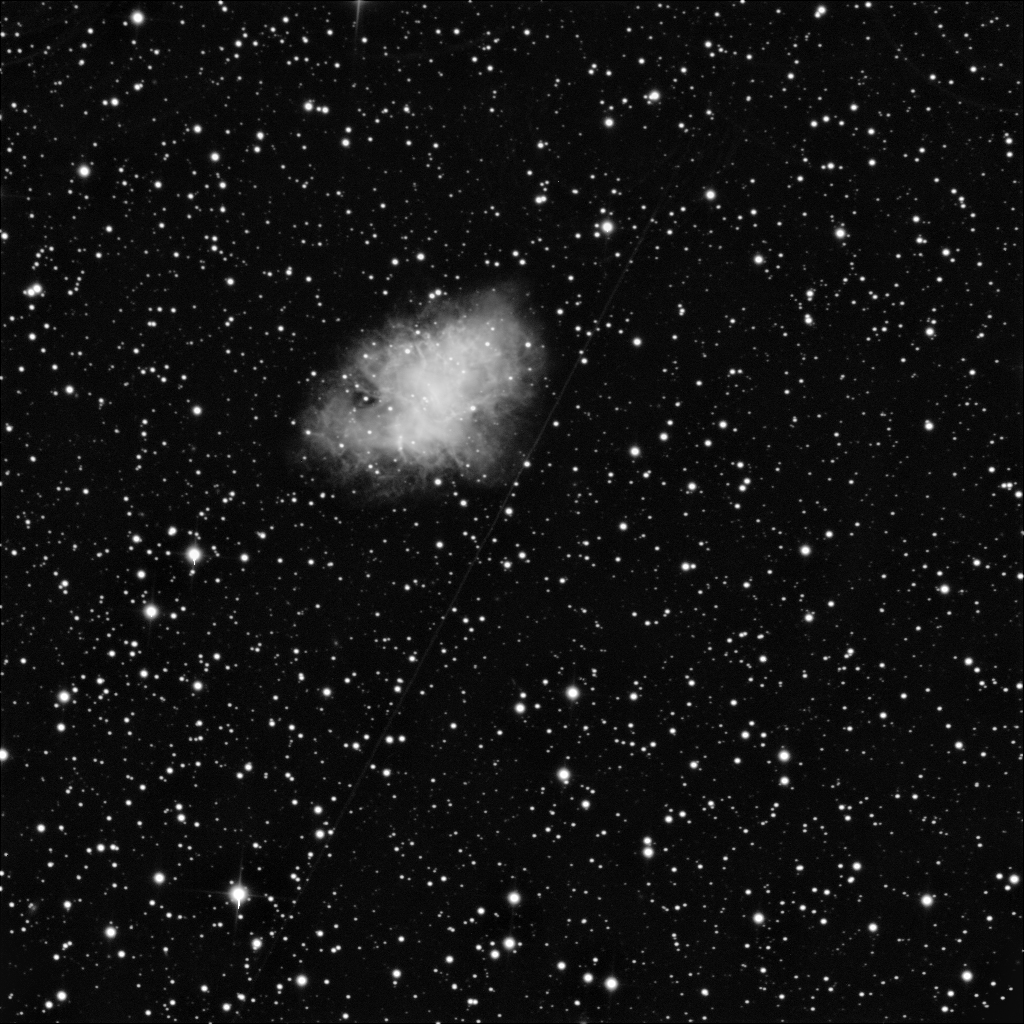
Combination of 20, 3 minute images unfiltered.
SBIG STL-1001E CCD. 20" f/6.8 Dall-Kirkham cassegrain telescope at prime focus.
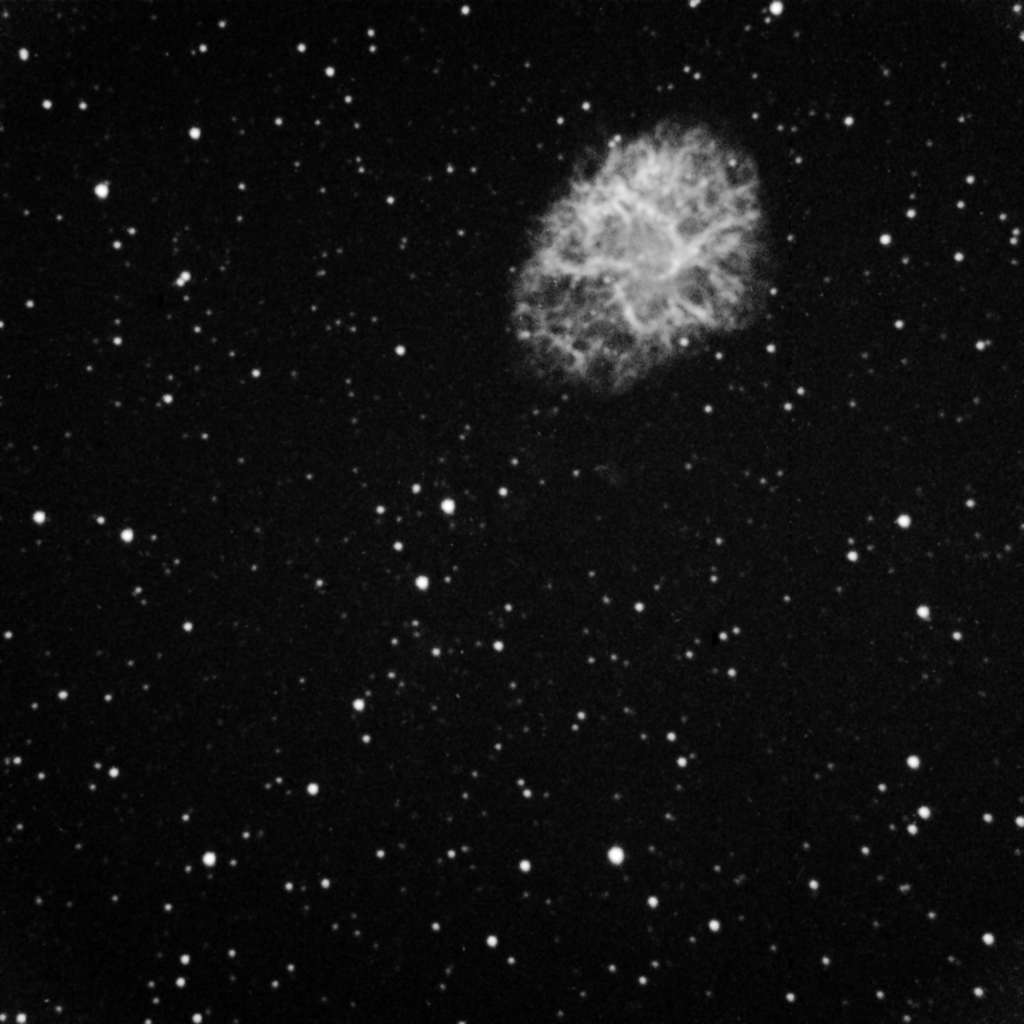
Combination of 20, 3 minute images using an h-alpha filter.
SBIG STL-1001E CCD. 16" f/10 schmidt-cassegrain at prime focus.
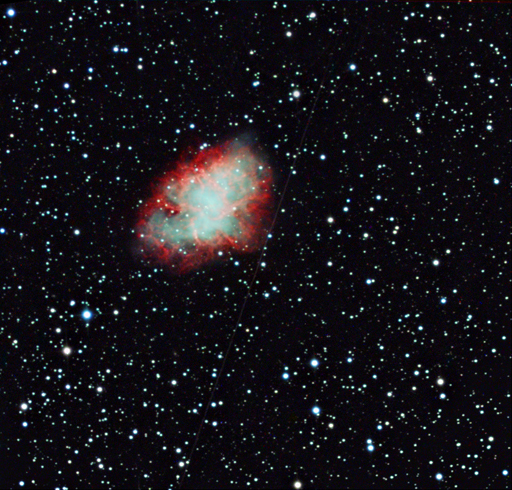
Combination of 10, 3 minute images using h-alpha, green and blue filters.
SBIG STL-1001E CCD. 20" f/6.8 Dall-Kirkham cassegrain telescope at prime focus.
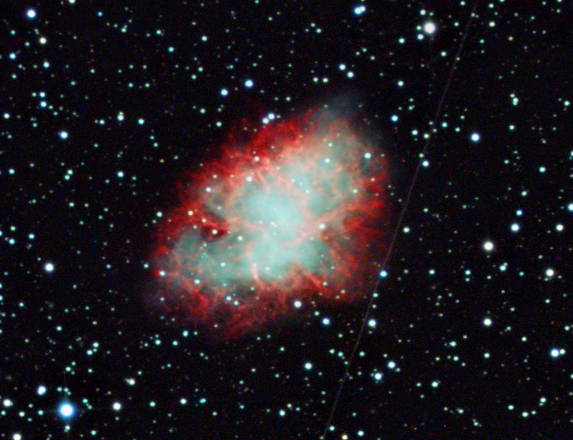
The above image combined with 20, 3 minute images unfiltered as the luminance layer.
SBIG STL-1001E CCD. 20" f/6.8 Dall-Kirkham cassegrain telescope at prime focus.











